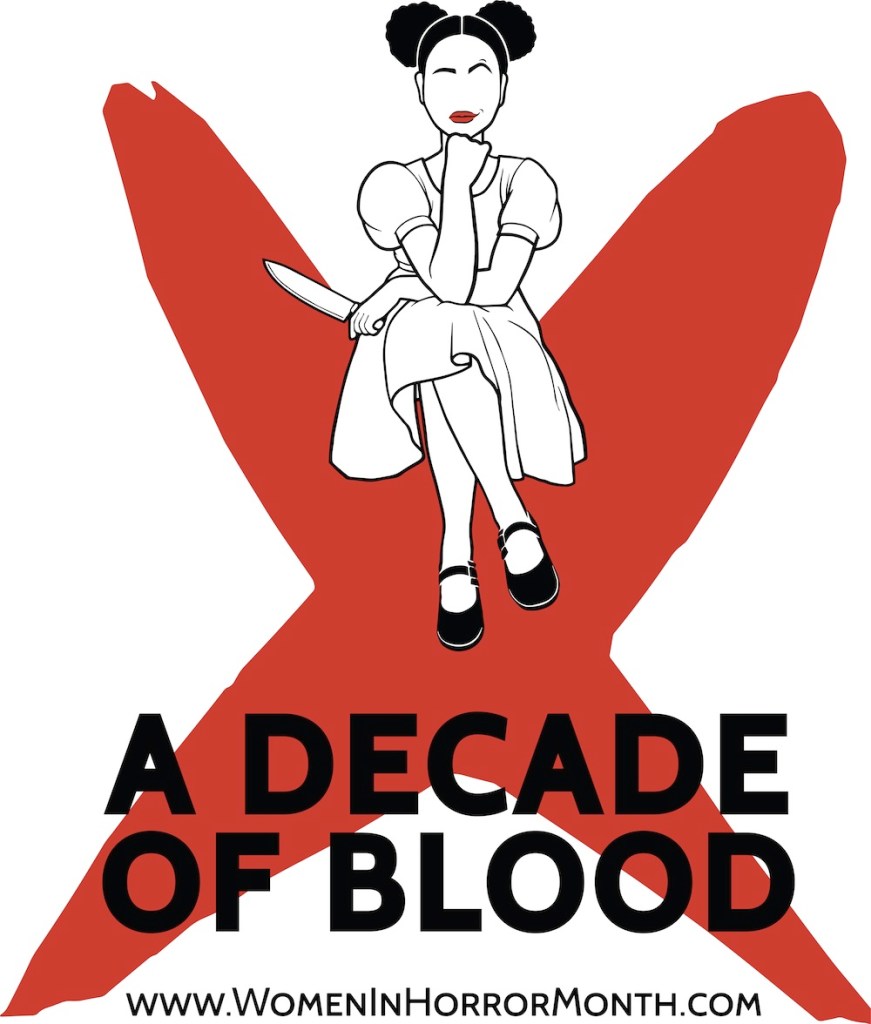Usually the mere mention of Tim Burton will put me in a cinema seat, but with the release of the live-action version of Disney’s ‘Dumbo’*, I hear that the film lacks the heart of the original so I’m thinking ‘not this time’. I’ll watch but likely wait until it comes to television in some form.
*(An oxymoron considering much of it is CGI, but so was Jungle Book and that was enjoyable.)
However, what it did was recall a memory I thought to share with you. Many years ago, I worked with a woman who had a six-year-old girl. If I say watching films at home on VHS was still quite a novelty and DVDs were still to be invented for consumer use, I’m likely aging myself, but Dumbo had released on tape and ‘owning a Disney film’ created quite a stir in those days. Many no doubt paid more for the privilege than the often 2 for 1 deals for these films today. Yet I’m talking about another historical event — If memory serves me correctly, this was the first showing of Dumbo on British television. Many of us rushed to set our VHS recorders.
The week after this big event, I was talking to my colleague and asked what her daughter thought of the film.
“Oh that,” my colleague said. “I turned it off.”
Confused, I asked, “What? Why?”
“She started crying.”
Even more perplexed, I said, “So? At which part?”
“The bit with the mother swinging him in her trunk. I told her, so silly to cry over a cartoon.”
“But… But… But…” I stuttered. “I cry at that part, too.” This earned me an incredulous look of derision. “It’s sad,” I defended my position. “And besides, now she doesn’t know there was a happy ending.”

As we all know, the whole point of Dumbo is to show having faith in yourself and taking chances can lead to magical outcomes, maybe not as enchanting as learning to fly, but had I not pushed through adversity, I wouldn’t be writing. And I hope, wherever she is now, my friend’s daughter at long last saw the end of Dumbo, went on to great things, and maybe one day sat down to watch Dumbo with children of her own, all having a good cry. I hope you all do, and let yourself fly.









